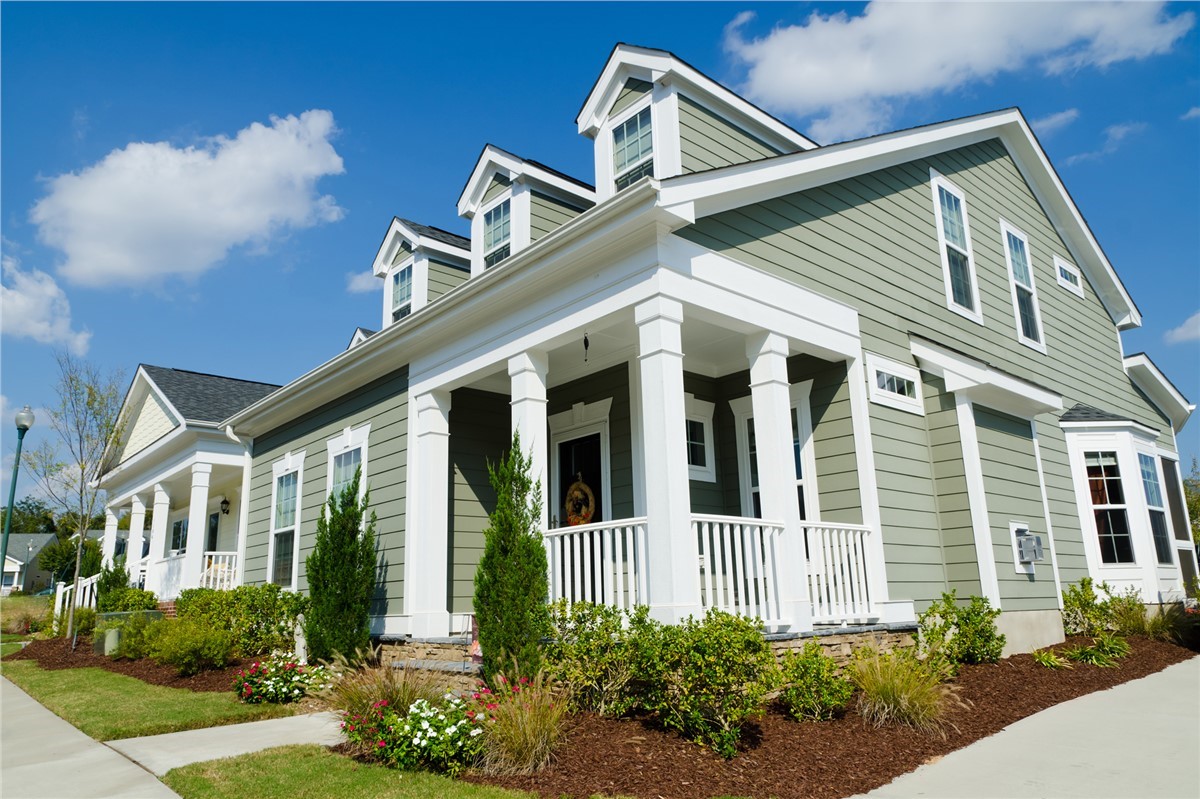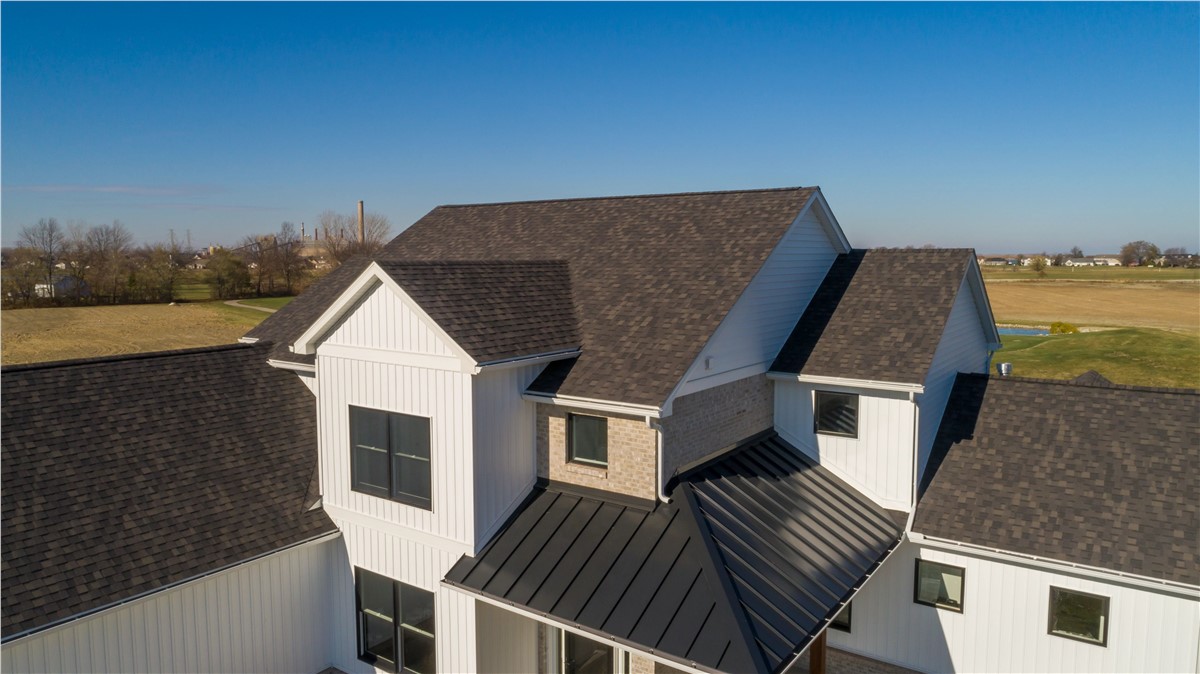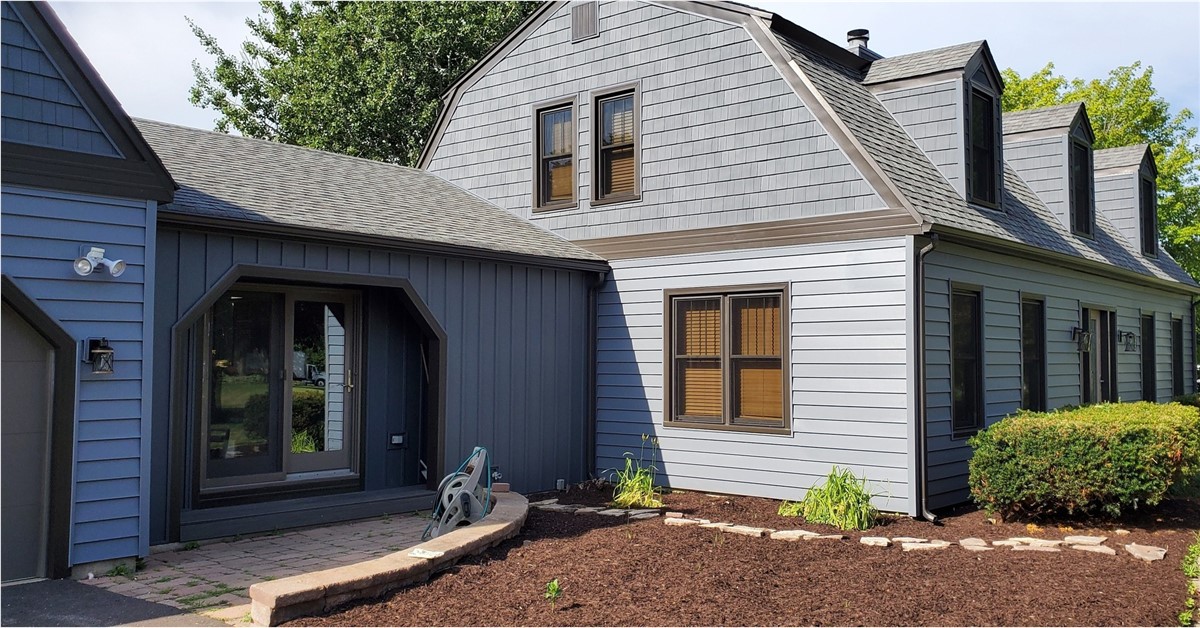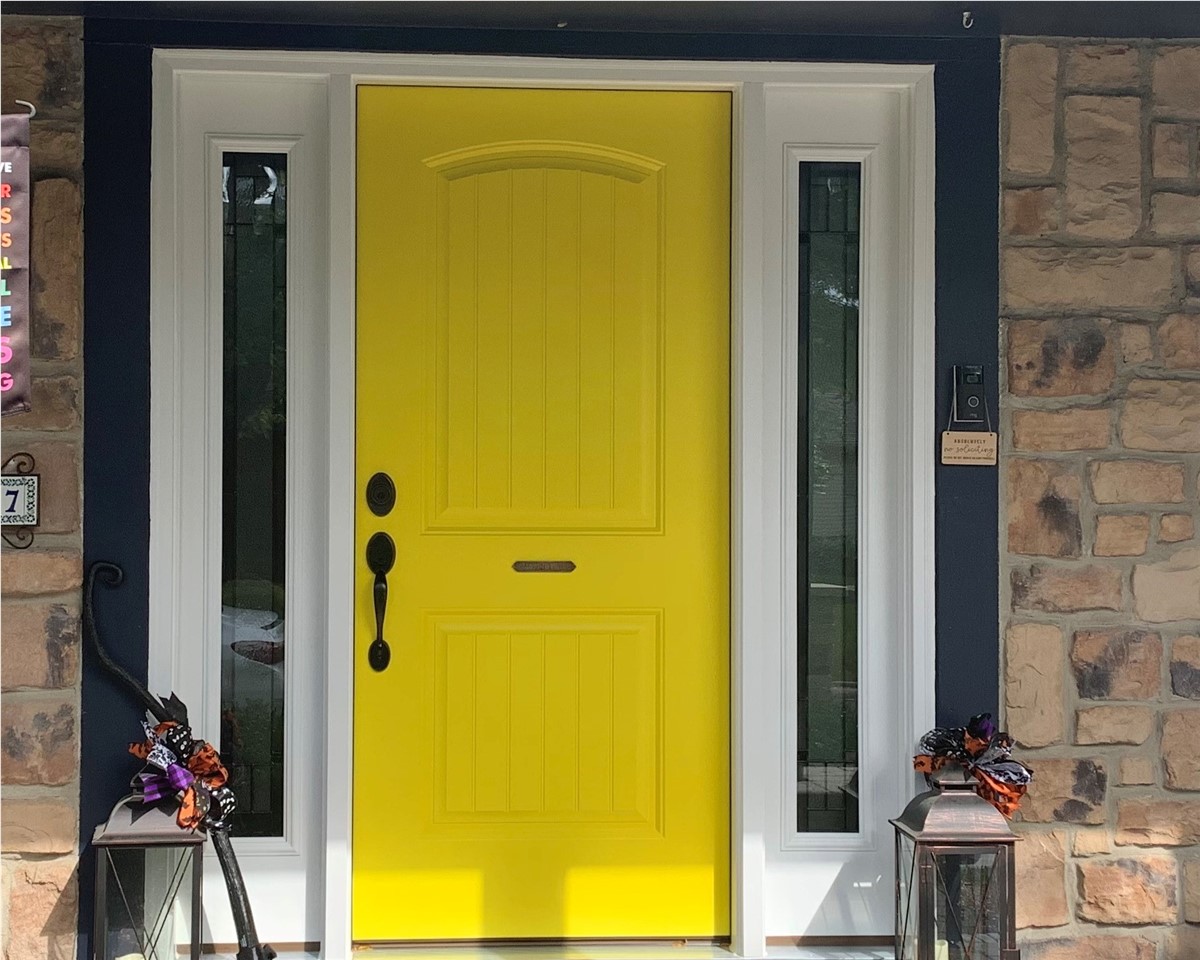
When your home's siding begins to crack, warp, fade or show other signs of wear and tear, consider some of the different siding materials available on the market before getting a replacement. One of the most reliable siding types is insulated vinyl, which has been known to greatly improve energy efficiency for homeowners in a wide variety of climates.
Illinois Energy Windows & Siding is a seasoned siding company servicing the Chicagoland area, and insulated vinyl siding is one of our top recommendations for customers. To understand why this material can offer such a high performance, we've outlined how exactly it works.
What is Insulated Vinyl Siding?
Insulated vinyl siding was first introduced on the market back in 1997, and had steadily grown in popularity over the years. It is comprised of a premium vinyl siding exterior and a rigid foam insulation backside, typically in the form of expanded polystyrene. This provides an extra layer of insulation for homes, greatly improving the energy efficiency of standard vinyl siding.
Determining the R-Value of Siding Types
Insulated vinyl siding greatly outperforms other types of siding when it comes to their R-value. In insulation, an R-value measures a material's ability to resist the flow of heat. The higher the R-value, the better insulation that material provides. Traditional vinyl siding has a low R-value, but insulated vinyl siding comes in as the highest-rated option with an impressive R-value range. Below are some of the rankings of popular siding types according to their R-value rating:
- Insulated Vinyl Siding: Between 3.5 and 5
- Wood Siding: Between .81 and 1.25
- Metal Siding: Around .61
- Traditional Vinyl Siding: Around .61
- Fiber Cement Siding: Between .37 and .41
How Does Insulated Vinyl Siding Work?
The foam backside of insulated vinyl siding acts as a thermal barrier, keeping the warm air inside your home during the cold winters, and preventing any of the exterior heat from seeping inside during sweltering summers.
With traditional vinyl siding, heat can escape through framing studs by a process known as thermal bridging. With insulated vinyl siding though, the foam is able to completely cover the framing studs, and keep heat transfer from occurring, which greatly boosts the energy efficiency of a home.
Why Does Home Energy Efficiency Matter?
There are many reasons to prioritize energy efficiency during your next siding replacement, the obvious one being reduced energy costs. When a house can maintain a comfortable indoor temperature naturally through top-tier insulation, homeowners don't have to rely on their heating and cooling systems near as often, lowering monthly energy bills.
Improved energy efficiency can also increase the resale value of a home, as it signifies that a residence has been well-maintained and is structurally-sound.
Other Benefits of Insulated Vinyl Siding
Aside from enhanced energy efficiency, insulated vinyl siding comes with many more benefits for homeowners to look forward to, such as weather resistance. Because this type of siding panel is thicker, it's less penetrable by water and wind, allowing the interior of a house to stay cozy despite the elements outside.
Some other advantages of getting this elite type of siding installed include:
- Reduced Noise Pollution
- Improved Impact Resistance
- Prevents Moisture Build Up
- Elevated Aesthetic
- Available in Many Colors and Styles
Since 2002, Illinois Energy Windows & Siding have been assisting homeowners with a wide variety of exterior remodeling solutions, including siding replacements. We work with leading brands known for durability and longevity, while still offering our customers a large assortment of color and style options, so your home can look great while receiving superior protection.
Get in touch with our team today for more information and a free estimate on our siding installation services.
Subscribe to Illinois Energy Windows & Siding's Blog








Comments